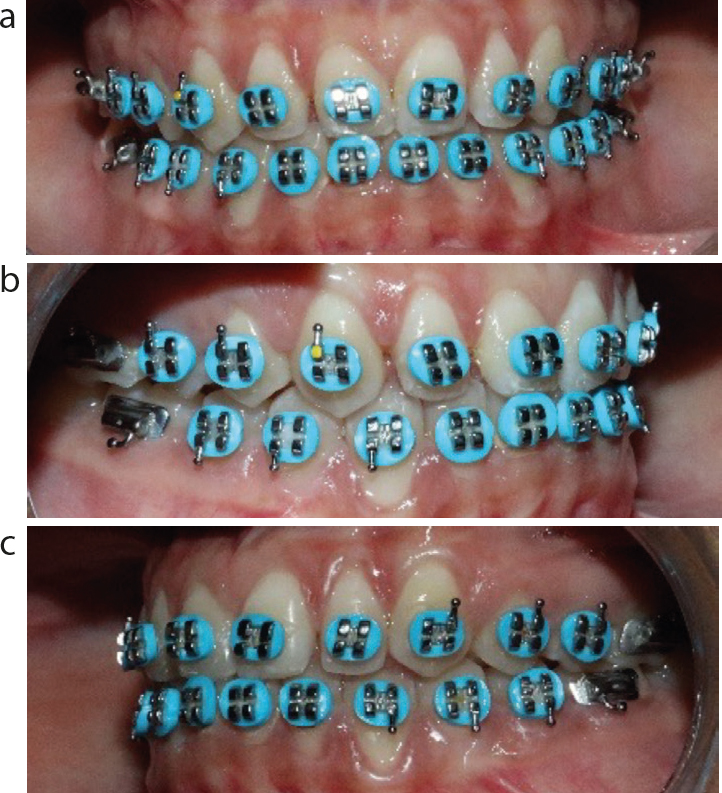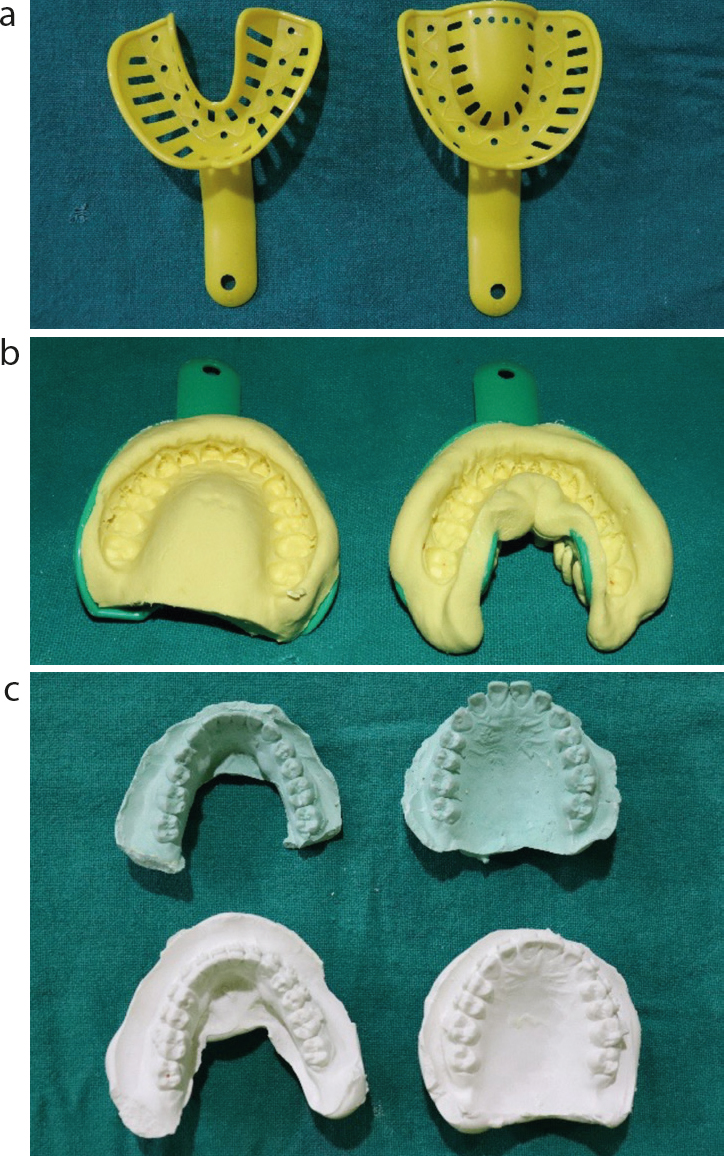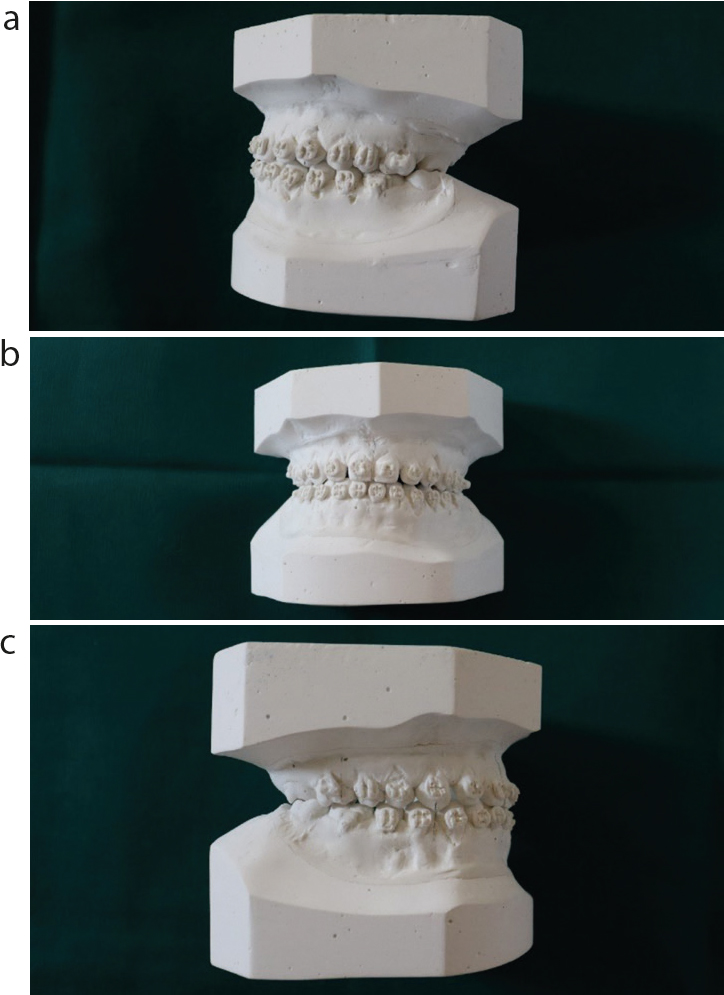Article
Diagnostic records are very important in orthodontics. From diagnosis to treatment, planning is executed using proper records, including photographs, models and radiographs. Orthodontic study models have been the ‘gold standard’ with numerous benefits.1 Records find their application in patients’ education, self-appraisals, medicolegal issues and publications.2 The orthodontic model before bonding and after debonding are quite easy to obtain as no brackets are present. On the other hand, taking the mid-treatment model is another issue entirely. One sees tearing of impressions, air bubble formations, missing anatomical landmarks and many more.
Here is a simple method to avoid all these problems and get the best mid-treatment model. The steps are:




Advantages of this method:
